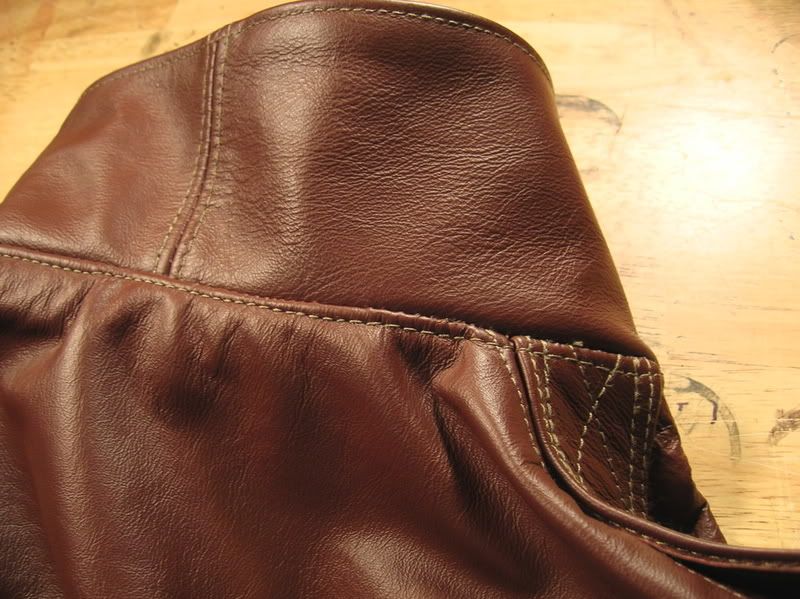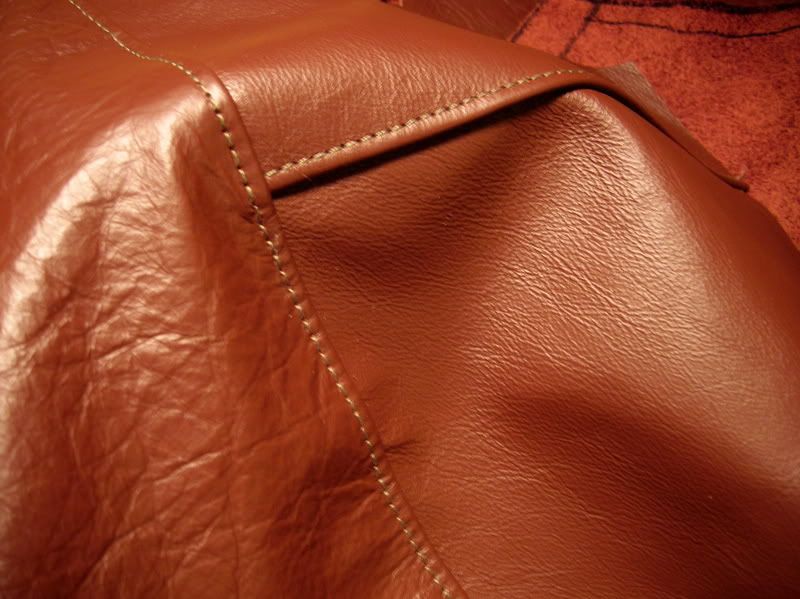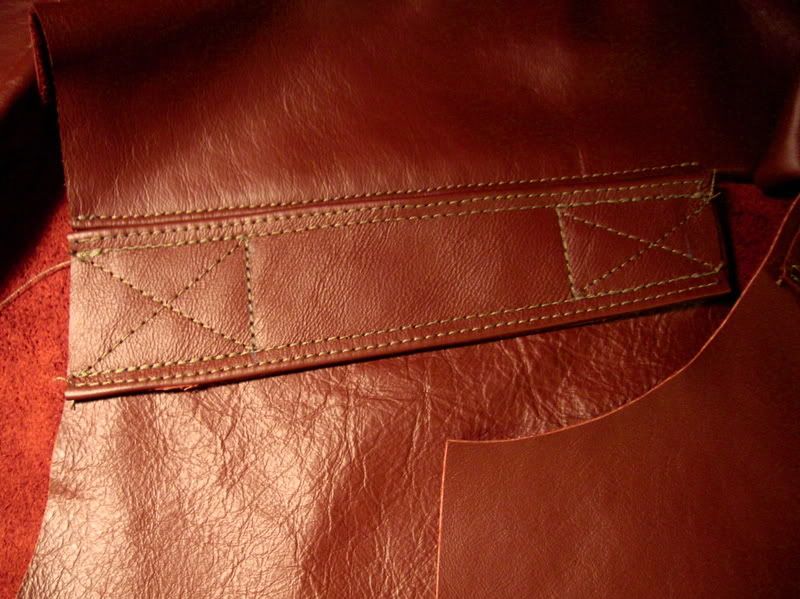Let's say a leather jacket manufacturer has an excellent, grainy horsehide or cowhide. What if they use poor sections of the hide? Does this greatly affect the overall quality of the jacket?
Also, what about carefully selecting what parts of the hide are used for certain parts of the jacket?
Should the sleeves, for example, each be cut from a part of the hide that has similar grain pattern, so that when wearing the jacket both sleeves look similar? Meaning, would a jacket be considered poor quality if one sleeve had little grain and was thicker/stiffer, and the other sleeve had a great amount of grain detail and was thinner/softer?
To me, it would make sense that a leather jacket could be considered poor quality if great care is not given to what parts of the hides are used and where they area used on the jacket.
Thanks,
Striker
Also, what about carefully selecting what parts of the hide are used for certain parts of the jacket?
Should the sleeves, for example, each be cut from a part of the hide that has similar grain pattern, so that when wearing the jacket both sleeves look similar? Meaning, would a jacket be considered poor quality if one sleeve had little grain and was thicker/stiffer, and the other sleeve had a great amount of grain detail and was thinner/softer?
To me, it would make sense that a leather jacket could be considered poor quality if great care is not given to what parts of the hides are used and where they area used on the jacket.
Thanks,
Striker



